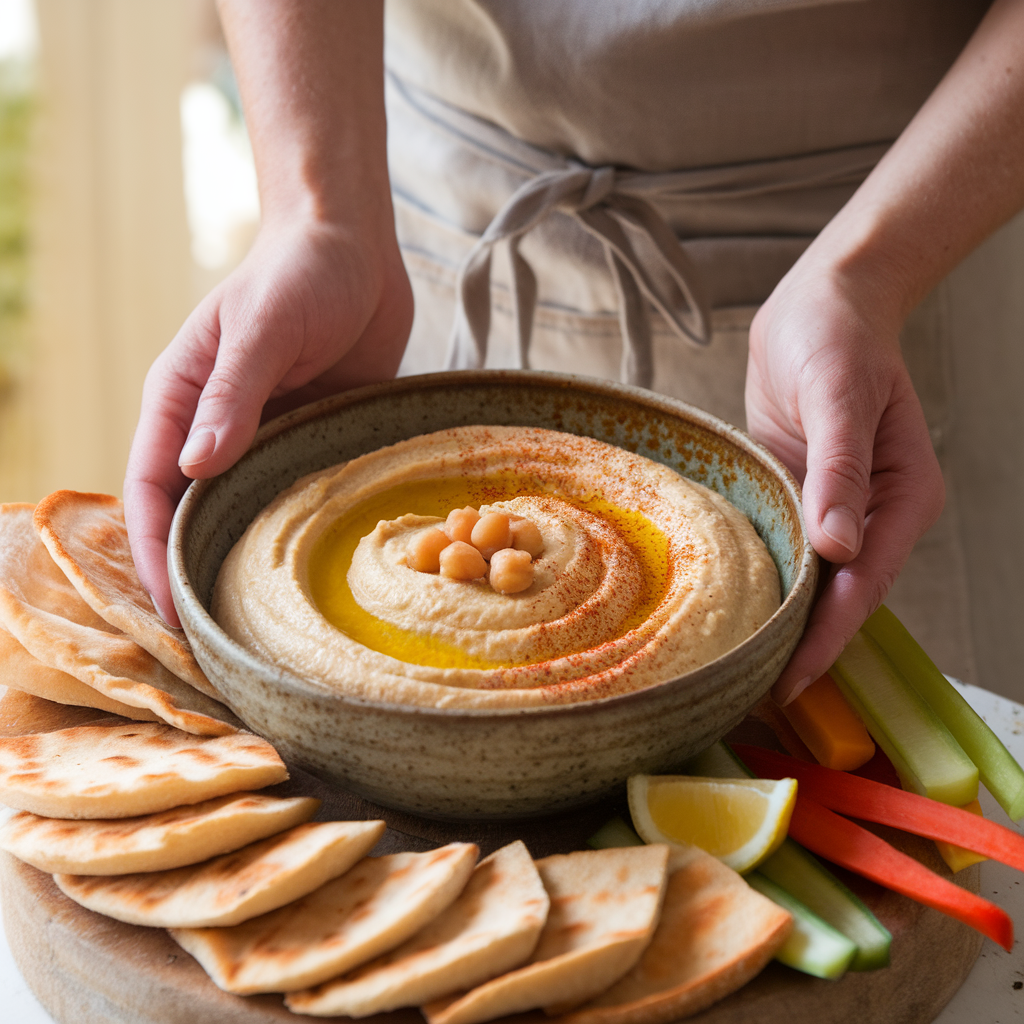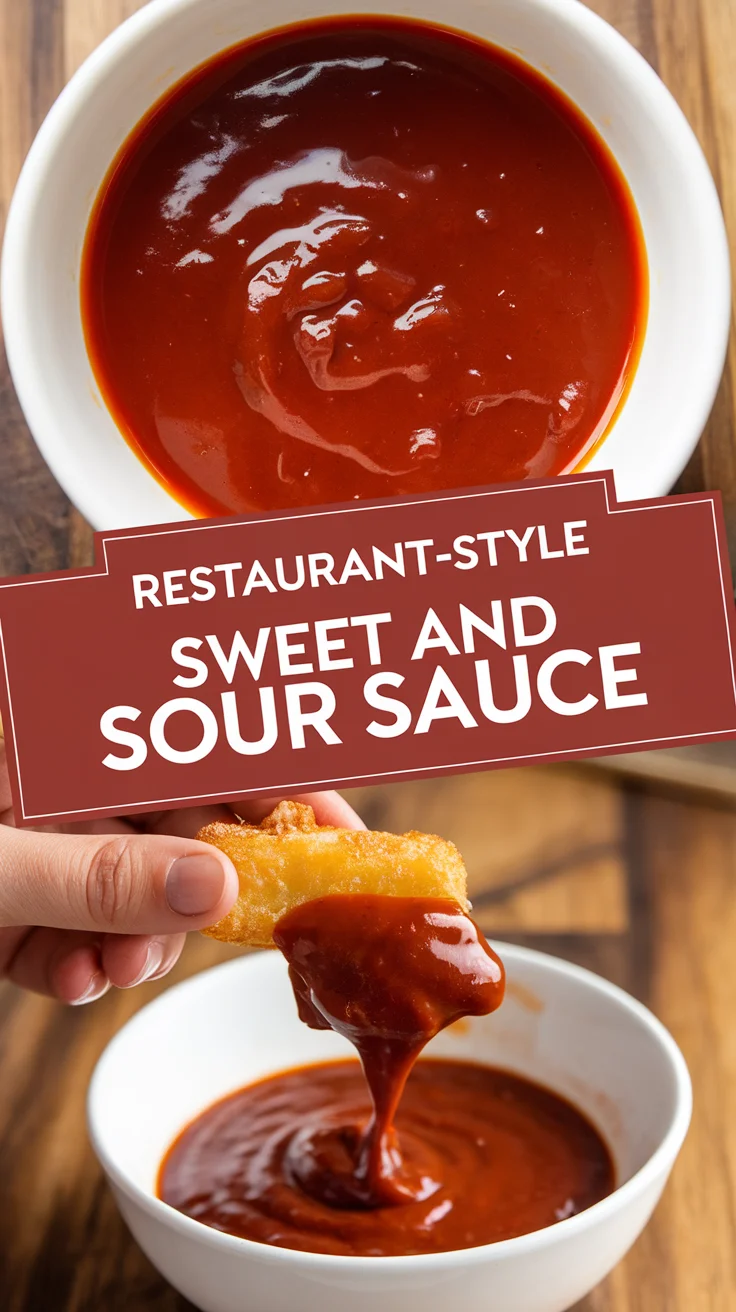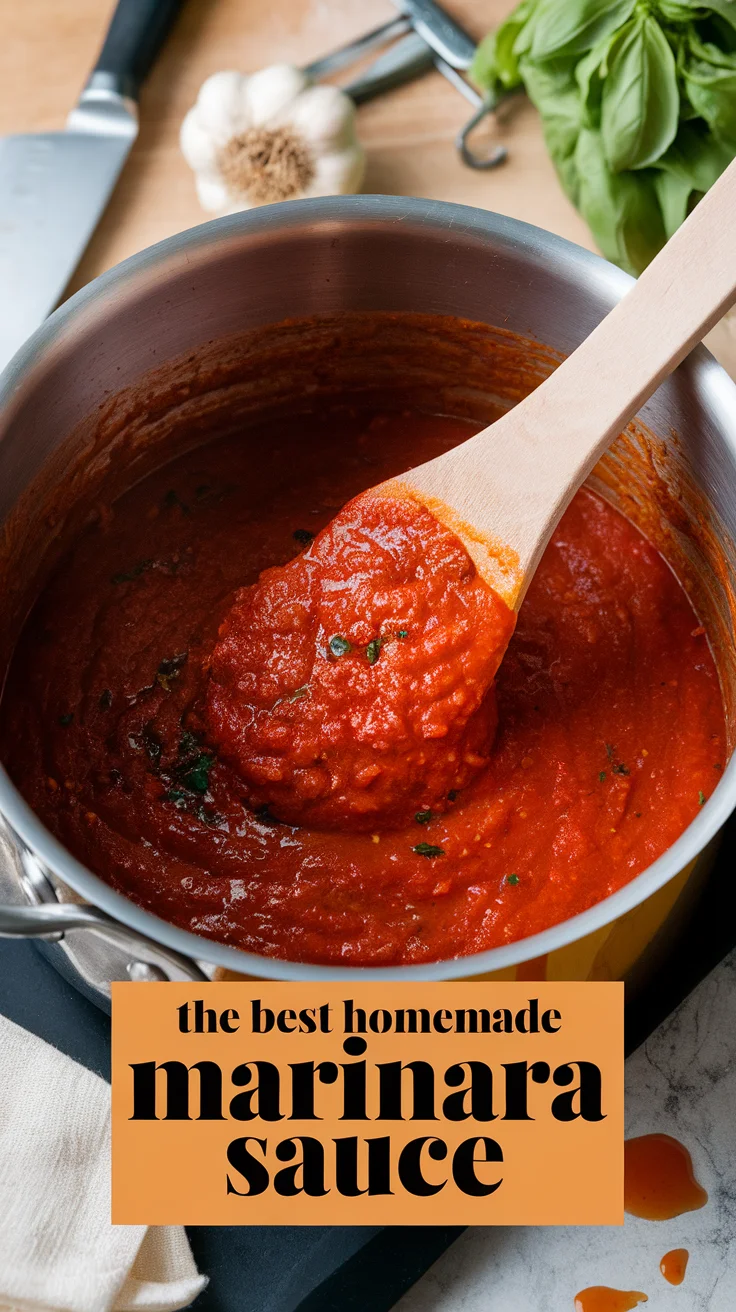Hummus is undeniably one of the most beloved dips worldwide, especially cherished for its creamy texture, rich flavor, and outstanding nutritional profile. Whether you’re dipping fresh veggies, spreading it on a sandwich, or adding a nutritious boost to your meals, learning how do you make hummus from scratch at home is a game changer. This easy hummus recipe is designed for everyone — from novices to culinary enthusiasts — to help you create the best hummus tailored to your tastes, whether that’s classic, loaded hummus recipe styles, or lighter, low-fat hummus versions.
In this comprehensive article, you will explore everything from the origins of hummus, step-by-step instructions on how to make hummus, creative recipes for hummus variations, health benefits, and expert tips to elevate your homemade dip. Let’s dive deep into the world of this versatile Mediterranean staple!
What Is Hummus? A Delicious Tradition
Hummus is a creamy spread made primarily from cooked chickpeas blended with tahini (sesame seed paste), lemon juice, garlic, olive oil, and a few simple seasonings. The word “hummus” literally means “chickpeas” in Arabic, highlighting its star ingredient.
Tracing back thousands of years, hummus is believed to have originated in the Levant region—modern-day Lebanon, Israel, Palestine, Jordan, and Syria. It’s a fundamental part of Middle Eastern and Mediterranean cuisine, often served as part of a mezze (small dishes) platter or as a nutritious snack.
Today, hummus has crossed borders and culinary traditions worldwide, thanks to its delicious flavor, ease of preparation, and impressive health profile.
Why Should You Make Your Own Hummus?
While store-bought hummus is convenient and widely available, making your own hummus recipes at home offers several compelling benefits:
- Frescura: Homemade hummus tastes fresher and more vibrant.
- Personalização: Control the level of garlic, lemon, and salt, or experiment with spices and flavors.
- Healthier Ingredients: Avoid preservatives, excessive sodium, and artificial additives.
- Dietary Preferences: Easily make vegan, gluten-free, or low-fat versions.
- Cost-effective: Homemade hummus is often cheaper than pre-packaged brands, especially when made in larger batches.
- Creative Variations: Explore endless possibilities for loaded hummus recipes with toppings and mix-ins.
Ingredients for This Easy Hummus Recipe
Here is a breakdown of the essentials for making the best hummus base:
- 1 can (15 oz) chickpeas, drained and rinsed (or 1 ½ cups cooked chickpeas from dried)
- ¼ cup tahini (sesame seed paste) — quality matters!
- 3 tablespoons freshly squeezed lemon juice
- 2 tablespoons extra virgin olive oil, plus extra for garnish
- 1-2 garlic cloves, minced (adjust to your taste)
- ½ teaspoon salt, or more to taste
- ½ teaspoon ground cumin (optional, adds a subtle smoky depth)
- 2-4 tablespoons cold water (to adjust texture)

Step-by-Step Guide: How Do You Make Hummus?
Step 1: Prep Your Chickpeas
If using canned chickpeas, rinse them thoroughly under cold water to reduce sodium and improve taste. For the smoothest hummus, you can peel the chickpeas by gently pinching each between your fingers to remove the outer skin. Though optional, this makes a noticeable difference in texture.
If cooking from dried chickpeas, soak them overnight and boil until soft (about 1-2 hours), then proceed.
Step 2: Whip Tahini and Lemon Juice
Add the tahini and lemon juice into your food processor. Blend for 1 minute, scraping down the sides as needed. This step emulsifies the tahini and lemon juice, creating a creamy base.
Step 3: Add Garlic, Olive Oil, Salt, and Cumin
Add minced garlic, olive oil, salt, and cumin. Blend for another 30 seconds until smooth and incorporated.
Step 4: Incorporate Chickpeas
Add half of the chickpeas and blend for 1 minute, then add the remaining chickpeas and continue blending for 1-2 minutes until the mixture is smooth. The longer you blend, the creamier the hummus will be.
Step 5: Adjust Consistency with Water
Add cold water, one tablespoon at a time, blending after each addition until you reach your desired texture. Typically, 3-4 tablespoons are enough to get a light, creamy dip.
Step 6: Taste and Adjust Seasoning
Give your hummus a taste and add more salt, lemon juice, or garlic if needed. Blend again briefly to combine.
Pro Tips for the Best Hummus Easy and Creamy
- Tahini Quality: Invest in a smooth, high-quality tahini. The flavor of tahini varies widely — creamy and mild tahini makes a big difference.
- Fresh Lemon Juice: Always use fresh lemon juice rather than bottled for the brightest flavor.
- Blending Time: Don’t rush the blending process. The longer and smoother the blend, the better the texture.
- Cold Water Trick: Adding cold water instead of olive oil or broth to thin the hummus makes it fluffier without extra fat.
- Roasted Garlic: For a milder garlic flavor, try roasting the garlic before adding it.
- Chickpea Peeling: For a truly silky smooth hummus, peeling chickpeas is worth the effort but not necessary if short on time.

Exploring Loaded Hummus Recipe Variations
Once you master the classic recipe, you can start customizing and loading hummus with exciting flavors and toppings. Here are some popular ideas for loaded hummus recipes:
1. Spicy Harissa Hummus
Blend in 1 tablespoon of harissa paste (a spicy North African chili paste) for a smoky, fiery kick. Top with chili flakes and fresh cilantro.
2. Roasted Red Pepper Hummus
Add ½ cup of roasted red bell peppers before blending. This adds sweetness and vibrant color. Garnish with paprika and parsley.
3. Avocado Hummus
Mix in one ripe avocado for an ultra-creamy, nutrient-dense version packed with healthy fats. Garnish with lime zest and chili powder.
4. Beetroot Hummus
Roast or boil one medium beetroot, peel and add it to the food processor for a gorgeous pink dip rich in antioxidants.
5. Olive and Feta Hummus
Top your hummus with chopped Kalamata olives, crumbled feta cheese, and a drizzle of olive oil for a Mediterranean flair.
6. Caramelized Onion Hummus
Sauté onions slowly until golden and sweet, then mix into your hummus or use as a topping.
7. Herb-Infused Hummus
Add fresh herbs like parsley, cilantro, dill, or basil into the mix or as a fresh garnish.
How to Make Low Fat Hummus: Healthy and Delicious
If you’re watching fat intake but still want a creamy, satisfying dip, a low-fat hummus version is easy to make:
- Reduce olive oil or replace it with water or low-fat Greek yogurt for creaminess.
- Use less tahini or substitute some tahini with plain yogurt.
- Add extra lemon juice and garlic to boost flavor without added fat.
- Incorporate vegetables like zucchini or cauliflower (steamed and blended) to increase volume and reduce calories while keeping texture.
This approach maintains the protein and fiber benefits of chickpeas while cutting down on fats, making it perfect for a healthy hummus recipe.

Nutritional Benefits of Hummus Recipes Healthy
Hummus is considered a superfood for many reasons:
- High in Plant-Based Protein: Chickpeas provide about 15 grams of protein per cup, essential for muscle repair and satiety.
- Rich in Dietary Fiber: Helps improve digestion and keeps blood sugar stable.
- Loaded with Healthy Fats: Tahini and olive oil offer heart-healthy monounsaturated fats.
- Low Glycemic Index: Keeps you fuller for longer and is suitable for diabetics.
- Packed with Vitamins & Minerals: Hummus offers iron, magnesium, folate, vitamin B6, and antioxidants.
- Gluten-Free and Vegan: Fits many dietary restrictions and lifestyles.
Switching to homemade recipes for hummus means you can avoid preservatives and excessive salt found in some commercial products.
Serving Suggestions: How to Enjoy Your Hummus
Hummus is one of the most versatile foods you can have in your kitchen. Here are some tasty ways to serve your freshly made hummus:
- Classic Dip: Serve with fresh veggies such as carrots, cucumbers, celery, and bell pepper strips.
- Pita or Flatbread: Warm pita bread or pita chips are perfect for scooping.
- Sandwich Spread: Replace mayo or butter in sandwiches or wraps for a healthy twist.
- Salad Dressing: Thin your hummus with water or lemon juice and drizzle over salads.
- Grain Bowl Topper: Add a dollop on rice or quinoa bowls with roasted veggies and protein.
- Snack with Crackers or Chips: Use as a nutritious snack dip.
- Accompaniment for Grilled Meats and Fish: Adds creaminess and flavor contrast.
Storage and Shelf Life for Your Homemade Hummus
- Store your hummus in an airtight container in the refrigerator.
- It will stay fresh for 4-5 days.
- Before sealing, drizzle a thin layer of olive oil on top to prevent drying.
- If the hummus separates, just stir it before serving.
- Homemade hummus can be frozen for up to 3 months but expect some texture change.
Frequently Asked Questions About Recipe Hummus
Q: Can I use dried chickpeas instead of canned?
A: Yes! Soak dried chickpeas overnight, then cook until tender. This often yields creamier hummus.
Q: How do I make hummus without a food processor?
A: Use a blender or an immersion blender. You can also mash chickpeas with a fork or potato masher, but it will be less smooth.
Q: What is tahini, and can I substitute it?
A: Tahini is sesame seed paste, essential for traditional flavor and texture. You can substitute with peanut butter or Greek yogurt, but it will change the taste.
Q: How do I get hummus extra smooth?
A: Peel chickpeas, blend tahini with lemon juice first, use high-speed blender, and add cold water slowly.
Q: Can I make hummus spicy?
A: Absolutely! Add cayenne pepper, chili flakes, or hot sauce to the blend or top with spicy harissa.
Final Thoughts: Mastering Make Hummus Recipes at Home
Making hummus from scratch is simpler than you think, and once you master this easy hummus recipe, you’ll never want to go back to store-bought. It’s healthy, flavorful, endlessly adaptable, and perfect for all seasons.
Whether you prefer a classic creamy dip, a bold loaded hummus recipe with toppings, or a light low-fat hummus for healthier eating, homemade hummus fits your lifestyle and taste buds.
Give it a try, share it with friends and family, and enjoy this timeless Mediterranean treasure!


